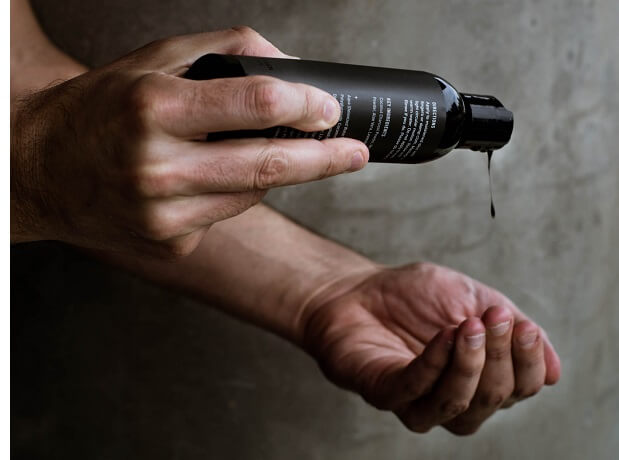Best Hair Clippers for Men
Choosing the right hair clippers is essential for achieving a professional and stylish haircut at home. With a variety of options available in the market, finding the best hair clippers for men can be a game-changer in your grooming routine. Let's explore some top picks that combine precision, performance, and ease of use.

Why Invest in Professional Hair Clippers?
Professional hair clippers offer several advantages over standard models. They are designed with advanced features and durable materials to provide efficient and consistent results. Investing in quality clippers ensures a smooth and reliable cutting experience.
Top Picks for Hair Clippers
- Precision Hair Clippers: These hair clippers are engineered for precision cutting, allowing you to achieve a clean and even haircut. The adjustable blade settings provide flexibility in styling and trimming.
- Cordless Hair Clippers: Experience freedom of movement with cordless hair clippers. These models offer convenience without compromising on power, making them ideal for home use or travel.
- Professional Grooming Kit: Elevate your grooming routine with a comprehensive grooming kit. These sets often include not only high-quality hair clippers but also various attachments, scissors, and combs for a complete styling experience.
Key Features to Consider
When choosing the best hair clippers for your needs, consider the following key features:
- Blade Quality: Opt for clippers with sharp and durable blades for precise cutting without pulling or snagging.
- Adjustable Settings: Choose clippers with adjustable length settings to customize your haircut and achieve various styles.
- Corded vs. Cordless: Decide between corded and cordless options based on your preferences for mobility and convenience.
Benefits of Quality Hair Clippers
Investing in professional-grade hair clippers provides several benefits:
- Efficient Haircuts: Professional clippers offer powerful motors and sharp blades, ensuring quick and efficient haircuts with consistent results.
- Durability: Quality construction and materials make professional clippers more durable, providing long-lasting performance.
- Versatility: Adjustable settings and various attachments allow for versatile styling, from fades to longer cuts.
Conclusion
Choosing the best hair clippers for men involves considering your specific grooming needs, preferred features, and budget. Explore the top picks mentioned above to find the perfect clippers that suit your style and deliver professional-grade results at home. Elevate your grooming routine with precision and ease using quality hair clippers.




